LASER Talks
The mission of LASER is to encourage contribution to the cultural environment of a region by fostering interdisciplinary dialogue and opportunities for community building to over 40 cities worldwide.

Research has shown that true collaboration is often hindered by power structures and other obstacles. How can we break down these barriers and achieve transformative collaboration?
Our three speakers shared their research and practices on fusing diverse talents and perspectives, and discuss the outcomes, possibilities, and challenges of genuine collaboration.
| Radical Collaboration // Aalto LASER Talks | |
|---|---|
| 17:00 | Welcoming words, host Pia Fricker |
| 17:15 | Introduction, moderator Robin Gustafsson |
|
A new generation of art-science collaboration Can concrete be sustainable? |
|
| 18:25 | Panel & questions from the audience |
| 19:00 | Stage program ends, mingling begins |
| 19:30 | After party at Olarin Panimo |
Drop by at the Hybrid Stage on the Otaniemi campus or watch the live stream on Aalto’s YouTube channel. On campus, the evening continues with relaxed conversation over food and drinks – and music. The venue has places for 80 people.
LASER Talks welcome everyone who is interested in challenging conventions and advancing new ways of thinking and working. The event is particularly relevant for doctoral students and alumni who seek to broaden their horizons. The language of the event will be English.
Radical creativity is needed when we want to change the world for better. How can we make something that could fundamentally change how we operate? What kind of collaboration can lead into paradigm shifts? Our three speakers will present fresh insights on radical collaboration.
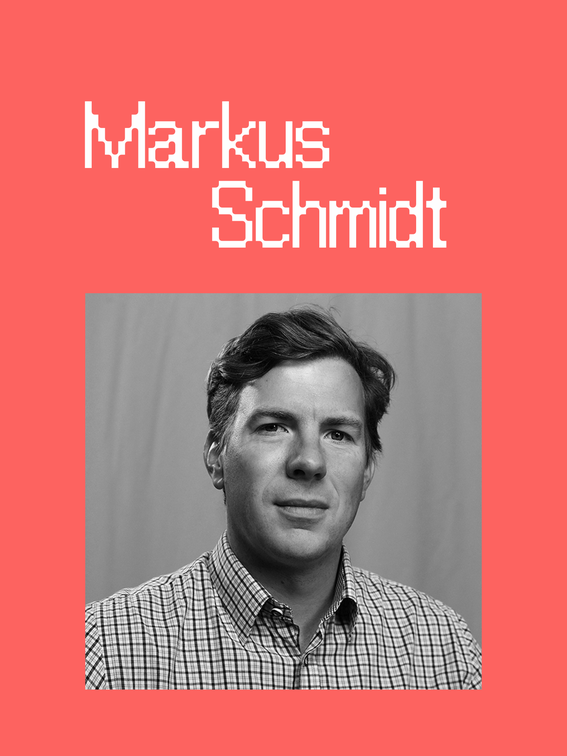
Dr. Markus Schmidt provides solutions for biosafety challenges in synthetic and xeno-biology, carries out technology assessment of novel bio-, neuro- and converging technologies; engages in documentary film production, serious game development and explores the creative interface between art and science.
The collaboration between scientists and artists in the form of Artist-in-Lab residencies may not only cause a productive disturbance for a day's work in the laboratory but also reveal new ways of understanding.
In this presentation, I will shed light on the outcome of a residence program that spans four truly cross-disciplinary collaborations, bringing together artists and synthetic biologists throughout Europe.
I will reflect of the dynamic frictions that occurred when their artistic and scientific worlds met. These stories, where chemistry labs, tobacco plants, genetically edited bacteria, and new-to-nature enzymes collide with music, photography, film and visual arts, infuse the ongoing dialogue between art and sciences with grain, noise, and synergies.
Markus Schmidt
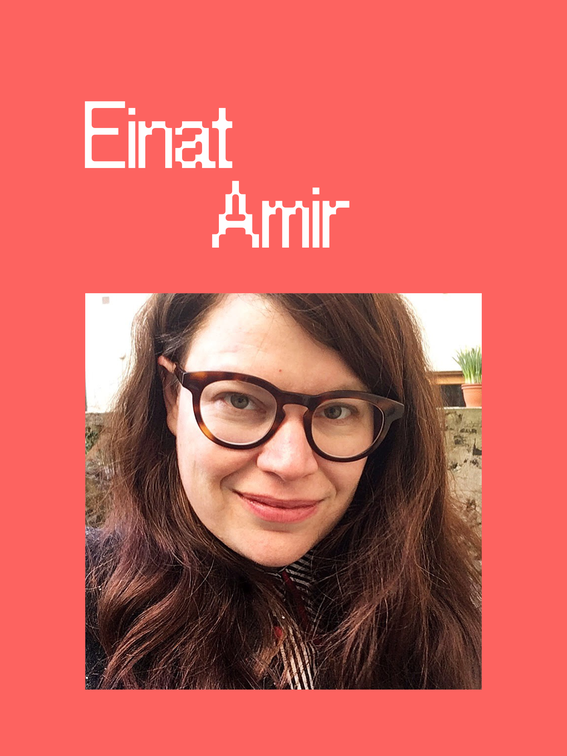
Einat Amir is an artist, researcher and educator. She received her MFA in Visual Arts from Columbia University and is currently a doctoral researcher in Aalto University’s Experience Platform, Department of Art and Department of Neuroscience and Biomedical Engineering.
Amir's artworks are in the media of video installations and live performances synthesised with scientific experiments in social psychology and neuroscience. Her art practice examines emotional, social and political aspects of everyday communication between individuals and groups.
In her research she focuses on methodologies of collaboration between artists and scientists, proposing an innovative practice, in which both parties are equal forces, allowing themselves and each other the liberties to experiment outside their discipline. Amir's research and art-science collaborations aim to contribute to social change by finding new solutions for societal issues.
A new generation of art-science collaboration
My work is focused on understanding how we can create better collaborations between artists and scientists and how can such collaborations contribute to societal and environmental change. I will present a novel model of an art-science partnership, where the artist and scientist are on equal footing, exploring their own boundaries, and producing projects that synthesize the two fields.
The presented study case is participatory performance artwork, which in equal measure functions as a valid social psychology study that was designed to raise the empathy of members of dominant groups towards minoritized groups in different societies.
Einat Amir's artworks have been exhibited in numerous locations around the world, including the Museum of Modern Art (MoMA) New York, Palais De Tokyo Paris, MAXXI National Museum of Rome and Istanbul Museum of Modern Art. Her academic research has been published in several publications, including Nature Communications and Leonardo Journal.
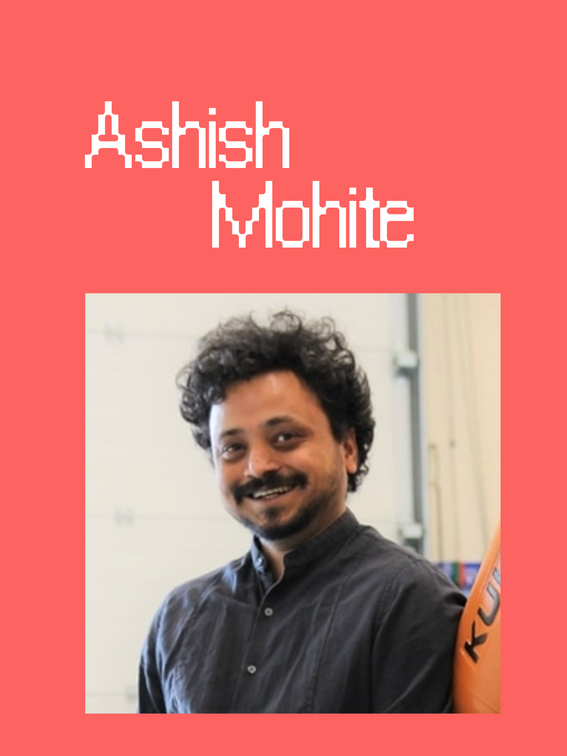
Ashish has a PhD in Architecture and 3D printing and is currently co-founder and CTO of Hyperion Robotics.
He has been a researcher in 3D printing for a decade, before that he worked as an architect in India, Germany and Finland.
Concrete is the most used material on our planet after water. The main ingredients of it are cement (which contributes up to 8% of the global CO2) and sand (the most mined material on the planet).
Unfortunately, at the moment there is no other material that can replace concrete in the construction industry – the only way is to use it more efficiently.
Hyperion Robotics is a Finnish technology company formed by experts in engineering, construction, 3D printing and robotics. To build a better future we need to rethink the way we build.
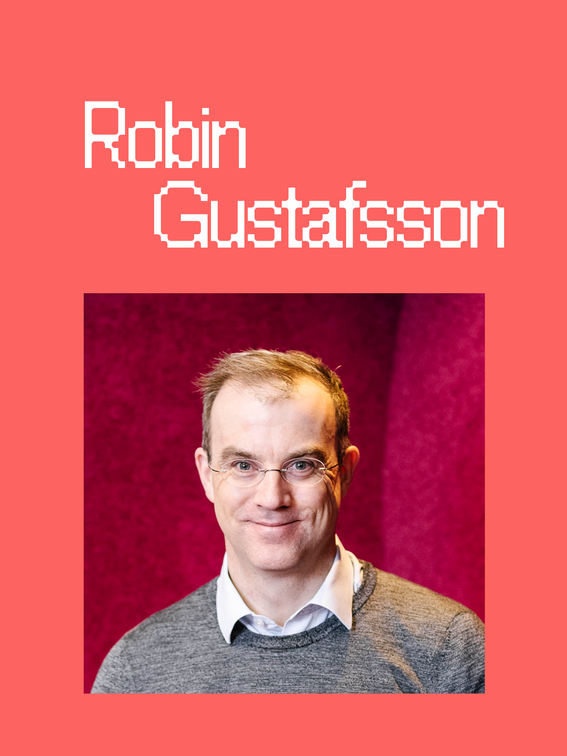
Our LASER Talk moderator Robin Gustafsson's research focuses on strategy, business, and policy in technology disruptions of industries and markets, the platform economy, data economy, and data and platform strategy.
He also has an interest in impactful strategy workshops and has ongoing research on playfulness and visual sense-building in workshops and at workplaces.
Robin is the leader of the visual sense-building tools and methods (Visentools) R2B-projects, and the informational infrastructures for accelerating mission-oriented policy (In2Mission) research project.
Robin Gustafsson is Associate Professor of Strategic Management at the Department of Industrial Engineering and Management at Aalto University.
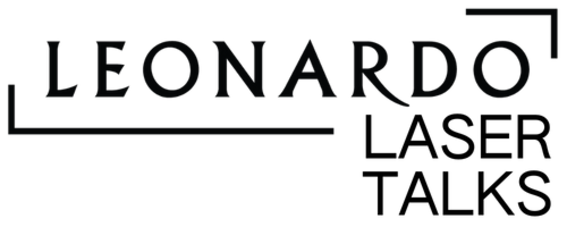
Leonardo/ISAST LASER Talks is a program of international gatherings that bring artists, scientists, humanists and technologists together for informal presentations, performances and conversations with the wider public. The mission of LASER is to encourage contribution to the cultural environment of a region by fostering interdisciplinary dialogue and opportunities for community building to over 50 cities and 5 continents worldwide.
Hybrid Stage events are tailored for simultaneous on-site and online participation. The venue has four robotic cameras that cover the whole event area. Please note that the audience might appear in the live stream and recordings.

The mission of LASER is to encourage contribution to the cultural environment of a region by fostering interdisciplinary dialogue and opportunities for community building to over 40 cities worldwide.

We enable experimental activities that challenge the status quo.
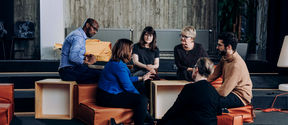
The Aalto Networking Platform brings together research expertise across departments, supporting collaboration both inside and outside of Aalto.